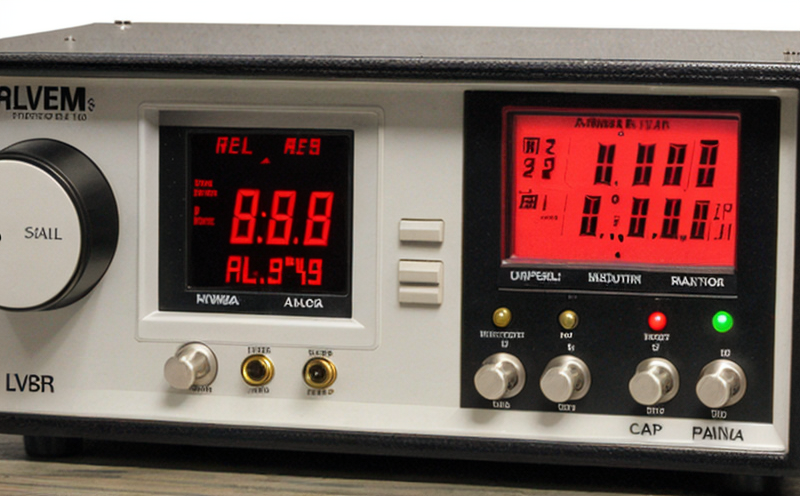ISO 8529-1 Reference Neutron Radiation for Detector Calibration
The ISO 8529 series of standards provides a comprehensive framework for calibrating neutron radiation detectors. Specifically, ISO 8529-1:2013 establishes the reference conditions for the generation and measurement of thermal neutron fluxes. This standard is crucial in ensuring accuracy and traceability of neutron detector calibration.
The primary purpose of this service is to provide a standardized source of reference neutron radiation, which serves as a benchmark for calibrating neutron detectors used in various industries such as nuclear power plants, research reactors, and medical applications. The process involves generating thermal neutrons under controlled conditions and measuring their flux density with high precision.
The procedure typically starts by setting up the necessary equipment to produce thermal neutrons through moderation processes. This may involve using materials like graphite or boron carbide to slow down fast neutrons until they reach the thermal energy range. Following this, a neutron detector is placed at specified positions relative to the source to measure the flux accurately.
The ISO 8529-1 standard specifies stringent criteria for both the generation and measurement of reference neutron radiation. These include precise control over temperature, humidity, and other environmental factors that could affect the calibration process. Additionally, the standard defines acceptable limits on detector response variations to ensure consistent results across different calibrations.
The service offered here ensures compliance with these stringent requirements by employing state-of-the-art facilities equipped with advanced neutron sources and detection systems. Our team of experienced technicians guarantees accurate measurements and reliable data that meet or exceed international standards.
By providing ISO 8529-1 reference neutron radiation, we enable our clients to achieve precise detector calibrations necessary for various applications ranging from nuclear safety to scientific research.
Applied Standards
| Standard Number | Title of Standard | Description |
|---|---|---|
| ISO 8529-1:2013 | Reference Neutron Radiation for Detector Calibration - Part 1: Thermal Neutrons | This standard specifies the methods and procedures required to generate, measure, and document reference neutron radiation suitable for calibrating thermal neutron detectors. |
| IEN-5068 | Guide to the Use of Reference Sources in Radiation Measurement | A guide that complements ISO 8529 by providing practical advice on selecting and using reference sources effectively. |
Customer Impact and Satisfaction
- Ensures accurate and traceable neutron detector calibration
- Aids in meeting regulatory requirements for nuclear facilities
- Supports the development of safer and more efficient radiation detection systems
- Facilitates consistent results across different calibration processes
- Enhances confidence in the reliability of measurement data provided by neutron detectors
- Promotes compliance with international standards in various industries
- Reduces discrepancies between neutron detector readings from different sources
- Supports continuous improvement in radiation safety practices
Competitive Advantage and Market Impact
The provision of ISO 8529-1 reference neutron radiation offers significant competitive advantages to our clients. By ensuring precise detector calibrations, we help them maintain high standards of product quality and operational safety.
Our service supports compliance with international regulations, which is essential for companies operating in the nuclear industry or related sectors. This compliance helps avoid costly penalties and enhances reputation among regulatory bodies and customers alike.
By offering reliable calibration services based on ISO 8529 standards, we assist our clients in meeting stringent quality control requirements. This leads to improved product performance and greater customer satisfaction, ultimately contributing to competitive positioning within the market.
The high level of accuracy provided by this service also contributes positively to research activities, enabling more reliable scientific findings and advancements in technology related to neutron detection.





